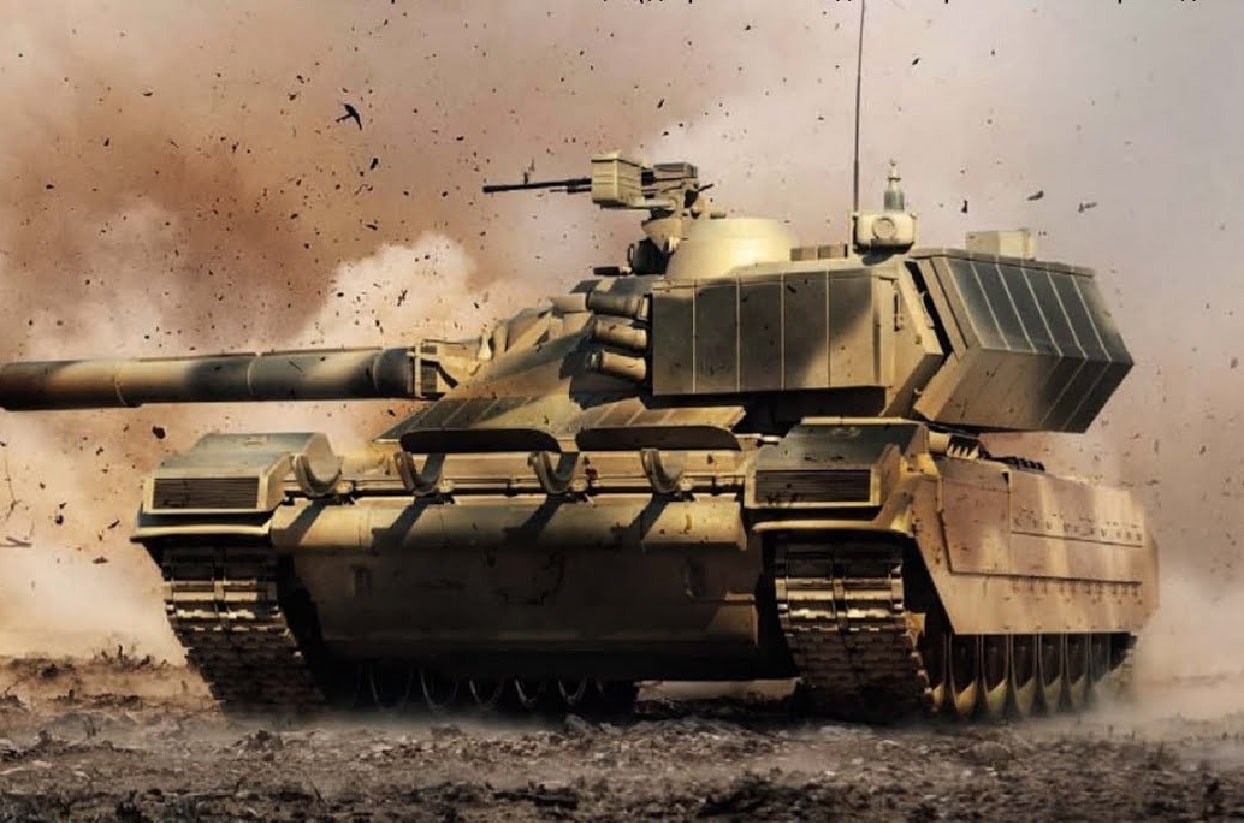The story of Russia’s T-95 tank: Meant to be able of outperforming even the most capable Western tanks, as well as any previous Soviet tanks, the T-95 barely went beyond the prototype stage. Here’s why.
T-95: A Short History
The origins of the T-95 actually date back to the Soviet era, when Moscow sought a new MBT that would replace the aging fleet of Soviet armor.
Those efforts continued when the Russian military inherited most of the Soviet’s inventory of tanks – including the T-80 MBTs that were produced by the Omsktransmash plant; and the T-72 tanks that were built by Uralvagonzavod. The latter facility also produced the T-90, which even at the time was largely seen as a stopgap while a more modern tank could be produced.
The two tank plants each set out to develop a new MBT.

